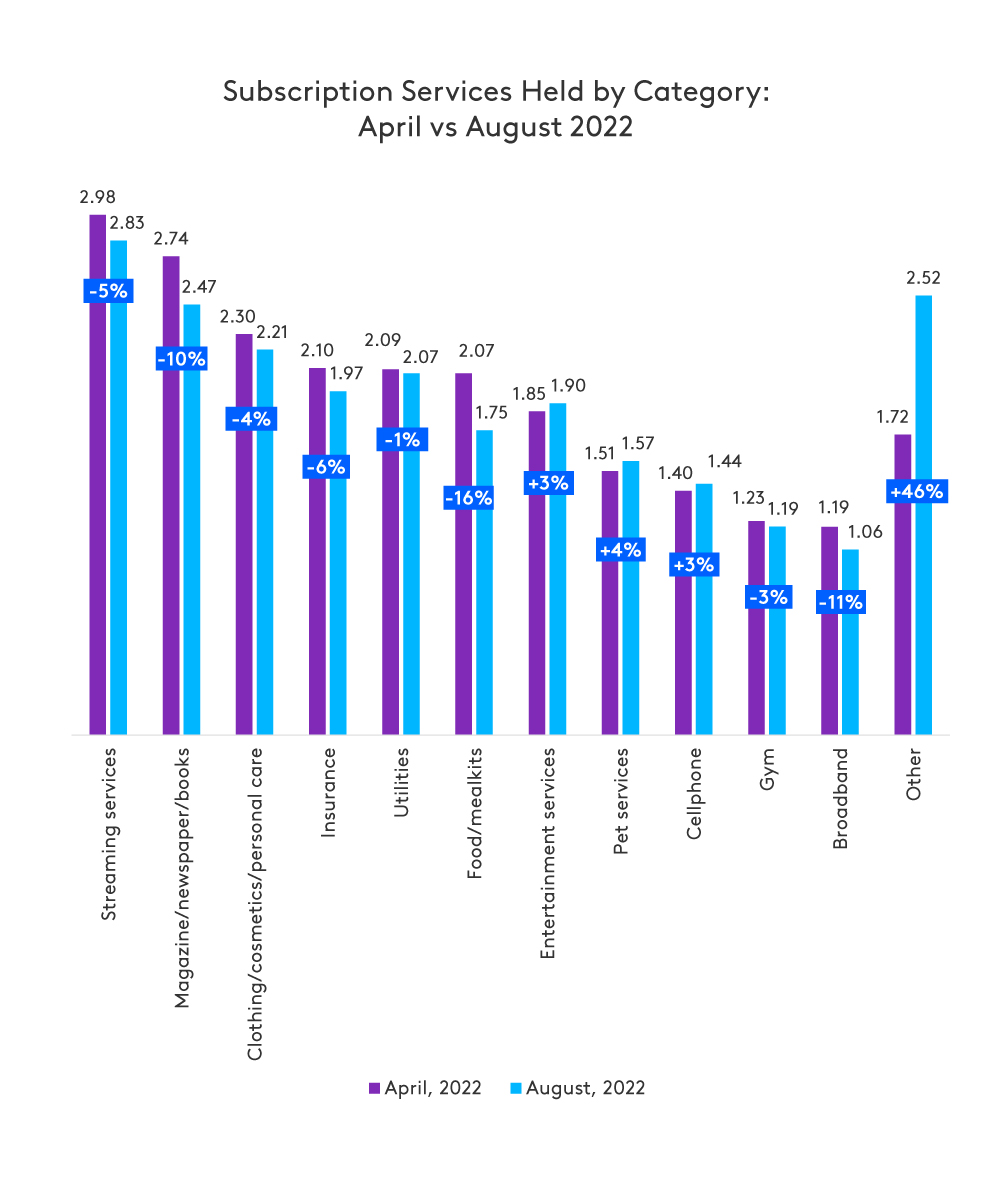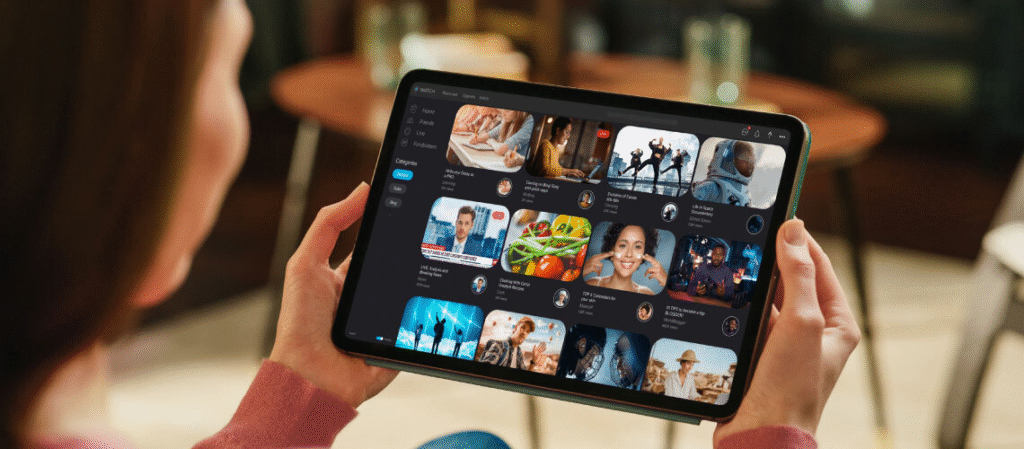
American streaming services like Netflix, Hulu, Disney+, and Amazon Prime Video are revolutionizing media consumption across the United States. By disrupting traditional cable TV, redefining movie distribution, and changing cultural conversations, these platforms are transforming how Americans experience entertainment. This in-depth guide explores the impact of streaming on culture, advertising, Hollywood, and everyday life, while answering the most pressing questions Americans are asking about streaming in 2025 and beyond.
Introduction
Over the past decade, streaming services have moved from being a niche innovation to becoming the dominant form of media consumption in America. Once, television meant fixed schedules, cable bundles, and expensive monthly bills. Today, media is personalized, on-demand, and mobile—thanks to platforms like Netflix, Hulu, Disney+, Amazon Prime Video, Apple TV+, Peacock, and HBO Max (rebranded as Max).
The rise of streaming has not only reshaped entertainment but also transformed culture, technology, advertising, and economics. Americans no longer ask, “What’s on TV tonight?” but instead, “What should I stream next?” This subtle shift reveals a profound change in how stories are told, how industries operate, and how audiences engage with content.
In this comprehensive guide, we’ll dive deep into how American streaming services are changing media. We’ll examine cultural impacts, economic implications, technological innovations, and viewer behavior trends. Most importantly, we’ll answer the most search-driven questions Americans are asking right now about the future of streaming.
Why Are Streaming Services So Popular in the U.S.?
The popularity of streaming in America can be explained through convenience, affordability, variety, and personalization. According to Nielsen, over 80% of U.S. households subscribe to at least one streaming service (Statista, 2024).
Key reasons include:
- On-demand access: Viewers can watch shows and movies whenever and wherever they want, across devices.
- Affordability: Cutting the cord often saves families hundreds of dollars annually. A family once paying $150/month for cable may now manage with Netflix, Hulu, and Disney+ bundles for under $50/month.
- Content diversity: Platforms deliver everything from blockbusters to niche foreign dramas, appealing to all demographics.
- Algorithm-driven personalization: AI ensures that every viewer gets tailored recommendations, reducing decision fatigue.
Real-Life Example: A college student in California can binge Korean dramas on Netflix, watch NFL games on Amazon Prime, and catch up on Marvel movies on Disney+—all from the same smartphone. This flexibility and variety explain why streaming dominates.
How Are Streaming Platforms Reshaping Traditional Television?
The golden age of cable television is ending. Networks that once commanded huge audiences are seeing double-digit rating declines. Meanwhile, streaming platforms are filling that gap by offering:
- Original Productions: Netflix’s Stranger Things and Hulu’s The Handmaid’s Tale rival traditional prime-time hits.
- Flexible Formats: Entire seasons drop at once (binge-friendly) or roll out weekly (buzz-driven).
- Global Accessibility: American shows release across 190+ countries instantly, redefining “prime time.”
Case Study: NBC’s Peacock drew millions by moving The Office exclusively online. This forced fans to subscribe rather than rely on cable reruns. It illustrates how even legacy media is adapting to streaming-first realities.
Streaming isn’t just a distribution method—it’s a programming philosophy. Networks now measure success not just in Nielsen ratings but in streaming minutes, trending hashtags, and global subscriber counts.
How Do Streaming Services Influence American Culture?
Streaming services aren’t just about passive entertainment—they drive cultural conversations and even political debates.
- Netflix’s 13 Reasons Why sparked national dialogue about teen mental health.
- Hulu’s The Handmaid’s Tale imagery became a symbol at women’s rights marches.
- Disney+’s The Mandalorian brought “Baby Yoda” (Grogu) into mainstream pop culture.
Social media amplifies these cultural moments. A trending Netflix release can dominate TikTok memes, Twitter hashtags, and Instagram reels within hours. Streaming is now central to American identity and cultural debate, in ways cable never was.
Are Streaming Services Affecting Hollywood and Movie Theaters?
The movie theater industry is undergoing radical change due to streaming. While big blockbusters like Avatar: The Way of Water still draw massive box office numbers, many mid-budget films go directly to streaming.
Key shifts include:
- Simultaneous Releases: HBO Max premiered Wonder Woman 1984 both in theaters and online.
- Exclusive Streaming Premieres: Netflix’s The Irishman had limited theatrical exposure before debuting globally online.
- Hybrid Models: Disney released Black Widow in theaters and on Disney+ Premier Access.
Impact: Theaters are no longer the default first-stop for films. Instead, they compete with living rooms where Americans enjoy films in high definition, with pause buttons and no $15 popcorn.
That said, cinema isn’t dead—event movies like Top Gun: Maverick and Oppenheimer prove theaters remain vital for certain cultural experiences.
How Are Sports Changing with Streaming in the U.S.?
Live sports—long cable’s stronghold—are being disrupted by streaming deals.
- Amazon Prime holds exclusive rights to Thursday Night Football.
- Apple TV+ streams Major League Soccer (MLS) with global reach.
- ESPN+ delivers UFC fights and specialty sports often absent from cable.
Younger generations, accustomed to mobile streaming, prefer watching highlights on TikTok or Instagram alongside full games. Sports streaming is not just about live games—it’s about building immersive ecosystems with behind-the-scenes content, fan interactions, and interactive stats.
What Role Does Artificial Intelligence Play in Streaming Services?
AI is the engine behind streaming personalization. Platforms use algorithms to:
- Curate “Because You Watched” lists.
- Customize thumbnails based on viewer profiles.
- Forecast what shows will succeed.
Example: Netflix greenlit House of Cards after data showed Americans liked political dramas and Kevin Spacey. This data-driven decision changed Hollywood forever, proving algorithms can shape creative direction.
AI doesn’t just recommend—it dictates content creation, advertising, and even distribution strategies.
Are Streaming Platforms Creating More Job Opportunities in the U.S.?
Yes. While traditional TV jobs shrink, streaming has created booming opportunities in:
- Content Production: Writers, directors, producers have more outlets.
- Technology & AI: Engineers power recommendation systems.
- Marketing & Analytics: Digital-first campaigns replace legacy advertising.
Streaming has also empowered diverse storytelling. Platforms now greenlight projects from underrepresented voices, from Indigenous American series to African-American dramas that mainstream studios once ignored.
What Challenges Do American Streaming Services Face?
Despite dominance, challenges persist:
- Content Saturation: Viewers are overwhelmed by too many choices.
- Subscription Fatigue: Families cancel services after bingeing.
- Piracy: Illegal streaming still costs billions.
- Regulation: Government oversight on mergers and data privacy is increasing.
Example: Netflix’s 2022 price hike led to nearly 1 million subscriber losses. The message was clear—Americans will leave if value doesn’t match cost.
How Are Streaming Services Changing Advertising in the U.S.?
Advertising has entered a new era with streaming.
- Ad-Supported Tiers: Hulu pioneered them, Netflix followed.
- Targeted Marketing: Ads tailored by age, habits, and interests.
- Shorter Ad Loads: Fewer interruptions vs. traditional TV.
Case Study: Hulu interactive ads allow viewers to explore products during breaks, merging commerce with entertainment. This format has higher engagement rates than traditional 30-second TV spots.

Practical Takeaways for American Viewers
- Bundle smartly: Disney+, Hulu, and ESPN+ often cost less together.
- Rotate subscriptions: Cancel platforms you’re not actively watching.
- Try free trials: Apple TV+ frequently offers extended trials with device purchases.
- Check internet speeds: For 4K streaming, ensure 25 Mbps or higher.
Trending FAQs: How Streaming Services Are Changing Media in America
Q1. Why are Americans canceling cable for streaming?
Americans are canceling cable because streaming offers more flexibility, lower costs, and personalized choices. Unlike cable bundles, streaming allows viewers to select only the platforms they want. On-demand access, cross-device compatibility, and exclusive shows make streaming more appealing, especially for younger generations who dislike rigid cable packages and expensive bills.
Q2. Which U.S. streaming service has the best content?
Each service excels in unique areas. Netflix dominates in variety, with originals like Stranger Things and international hits. Disney+ leads family-friendly programming and Marvel content. Max (formerly HBO Max) is strong in prestige dramas and blockbusters. Ultimately, the “best” depends on individual preferences, viewing habits, and specific genres Americans value most.
Q3. How much do Americans spend on streaming?
U.S. households spend an average of $54 monthly on streaming subscriptions, according to Statista (2024). Most families manage three to four services at once, rotating based on trending shows. While cheaper than traditional cable bills averaging $150, costs can add up quickly when multiple premium platforms are combined simultaneously.
Q4. Are streaming services replacing theaters?
Streaming hasn’t completely replaced theaters but has reshaped viewing habits. Blockbusters like Oppenheimer still thrive in cinemas, while mid-budget films debut directly online. Hybrid releases allow simultaneous theater and streaming access. Americans increasingly reserve theater visits for “event films” while using streaming services for casual, repeat, or comfort viewing.
Q5. Do Americans prefer binge-watching or weekly drops?
Around 60% of Americans prefer binge-watching entire seasons, enjoying instant gratification and uninterrupted storylines. However, weekly episode releases keep cultural buzz alive longer, encouraging discussions on social media. Platforms like Netflix favor binge drops, while Disney+ and HBO use weekly schedules to maintain anticipation, ensuring consistent audience engagement throughout seasons.
Q6. How do streaming services influence American culture?
Streaming platforms have a massive cultural impact. Shows like Tiger King and Squid Game became nationwide talking points, dominating TikTok memes and Twitter trends. Programs also influence social issues; 13 Reasons Why sparked debates on teen mental health. Streaming amplifies American pop culture, shaping conversations far beyond entertainment into daily life.
Q7. Are streaming services sustainable for creators?
Streaming platforms create opportunities but raise sustainability questions for creators. While more diverse voices get projects greenlit, pay disputes and royalty debates continue in Hollywood. Writers and actors seek fairer compensation as streaming reshapes revenue models. The industry faces tension between creative freedom, profitability, and ensuring fair compensation for talent.
Q8. What’s the future of streaming in America?
The U.S. streaming market is moving toward consolidation, with fewer but stronger platforms. Expect more ad-supported tiers, interactive features, and live events such as sports and concerts. Artificial intelligence will drive personalized recommendations, while global licensing battles increase. Americans should anticipate more immersive, hybrid models blending television, gaming, and streaming.
Q9. Which age group uses streaming the most?
Millennials and Gen Z are the most active streaming users, consuming hours of content daily on mobile devices. They favor platforms like Netflix, Hulu, and TikTok-inspired short-form media. However, Baby Boomers are catching up, with many embracing streaming for affordability, classic shows, and access to easier, commercial-free viewing options.
Q10. Can Americans watch local news on streaming?
Yes, Americans can stream local and national news easily. Platforms like Hulu + Live TV, Sling TV, and YouTube TV provide access to regional channels and live broadcasts. Dedicated apps from ABC, NBC, and CBS also stream news segments. This shift ensures cord-cutters don’t lose vital community updates.
Q11. Are streaming services eco-friendly?
Streaming’s environmental impact is mixed. Digital platforms reduce waste from DVDs, Blu-rays, and packaging, making them greener than physical media. However, massive energy consumption in global data centers offsets these benefits. Some companies, like Netflix and Apple, are investing in renewable energy to make streaming more eco-sustainable long term.
Q12. Will cable ever disappear completely in America?
Cable will likely decline but not disappear entirely. Rural areas with limited internet access and older demographics still rely heavily on traditional TV. Cable retains strongholds in local news and live sports. While streaming dominates urban households, cable remains relevant for Americans less comfortable navigating multiple digital platforms.
Final Thoughts
Streaming services in America are not just delivering content—they’re reshaping society. From transforming Hollywood economics to driving political conversations, streaming defines how Americans consume, engage with, and value media.
